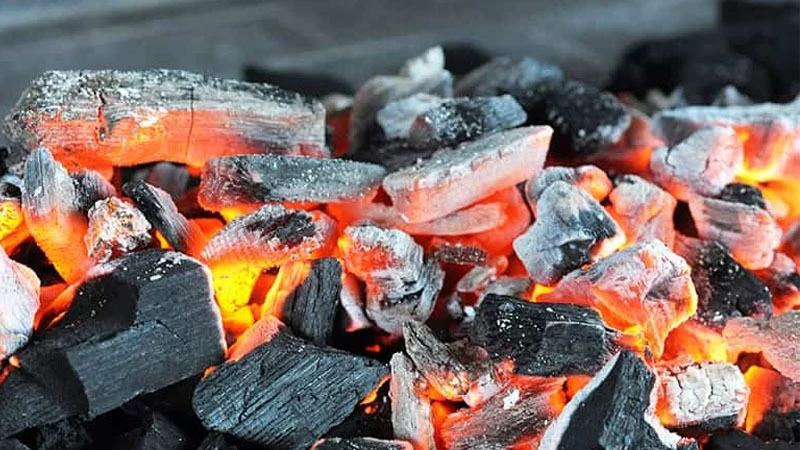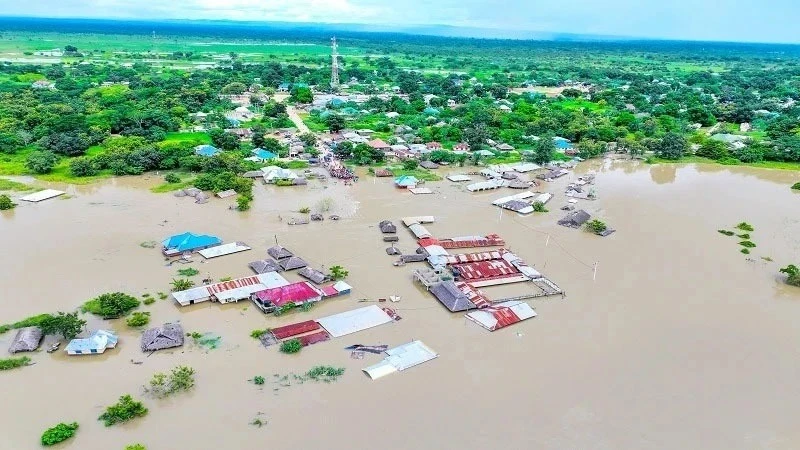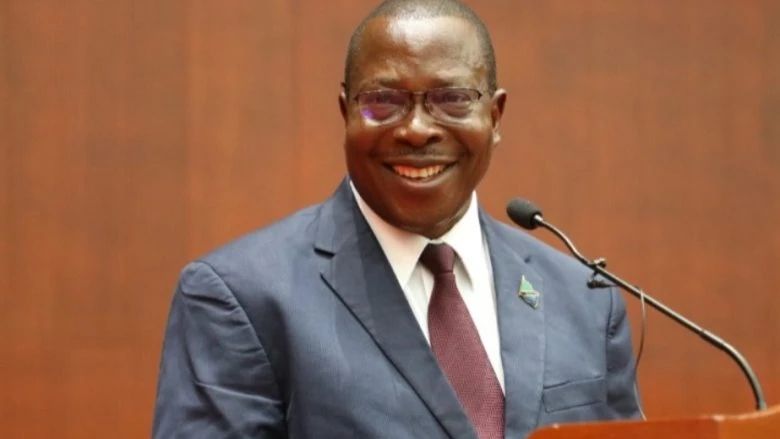Charcoal might not be cut down in alternative energy budget scenario

EXPERTS are probably having a difficult time sorting out which budget estimates are crucial for environment issues, whether it is the VPO (Union and Environment) portfolio or alternatively.
it is Energy ministry estimates. For reasons of protocol the VPO estimates were read in the legislature and followed by Energy, with comparisons coming to mind as they were in quick succession. Still in terms of content it is the energy landscape which offers food for thought.
Two data items were especially illustrative, one being a general observation that a total of 49.5bn/- will be used in subsidies for the implementation of various alternative energy projects, out of a total budget totalling 1.883trn/-.
Upwards of 24.5bn/- is allocated for alternative charcoal production, given pride of place as something to be propagated with workshops, seminars and media appearances, whereas subsidy to the State Mining Corporation (STAMICO) to make low priced briquettes from coal dust and other combustible materials should have sufficed. It will have cash to purchase two briquettes fabricating machines.
This datum shows the power still exercised on policy makers by the alternative charcoal lobby, which has prevented the making of briquettes for decades, and closed the door to biogas, despite that there is something of a stone throw in the current estimates to that effect.
While there is significant mention of renewable energy, shifting to natural gas takes the lion’s share of subsidies on the basis of its being identifies as clean energy. The UN definition of clean energy is the non-use of fossil fuels, which means water, solar, wind or biomass, basically.
There is a mixture of strategies which are variously known as sustainable, cleaner or renewable sources, while at the local level, and including the manner in which the remarks of the portfolio holder were reported, there is plenty of amalgam in how we view the various types of energy. The key illustration is treating natural gas as clean, whereas it is clean only in appearance, shorn of the smoke and dust of charcoal or firewood. But it remains a fossil fuel and thus its carbon imprint is high and is only sustainable in eliminating charcoal, decidedly.
Yet event this ability is hemmed in to an extent because of explicit support for supposed improved charcoal outlays which has a significant lobby among tree planters often looking to sell logs as poles for electricity distribution. Yet that market is dwindling and it is possible furniture isn’t taking up sufficiently large amounts of wood, thus the need for the alternative charcoal parameter in energy policy.
What is needed is a clean break with firewood and charcoal, except for naturally fallen trees, without any charcoal business at all, to speed up the shift.
That sort of decisive energy policy shift was not visible in the subsidies line up in ministerial estimates, as those who impede shifting from charcoal have pride of place, in like manner as those who impede shifting to clean, renewable energy on UN environmental yardstick of carbon footprint.
The reason is that there are powerful lobbies which leave little room for the sustainable use of briquettes and shifting from all types of charcoal, as well as placing a tiny subsidy premium on renewable energy as such, while our neighbours are shifting to renewables on a wholesome basis. It can occur at the expense of natural gas, the strongest lobby.
Top Headlines
© 2024 IPPMEDIA.COM. ALL RIGHTS RESERVED

















